Against the backdrop of rapidly developing artificial intelligence, new energy and low-lying economies , many Chinese provinces and cities have restructured their higher education systems to meet industrial needs and national strategies.
In Ha Nam province, universities are promoting the development of new majors to serve the economy and strategic technology. An Duong Institute of Technology has opened 6 new programs related to aviation and lowland economy, including smart transportation. This is a clear demonstration of efforts to train human resources in the direction of key industries.
According to the plan, by 2027, Ha Nam will establish more than 200 interdisciplinary programs, accounting for 80% of the total number of new programs each year. The priority training list includes integrated circuits, AI, biomedicine, quantum technology, new energy, new materials and lowland economics. Meanwhile, some programs that are less connected to social needs will be limited or eliminated.
The Ha Nam Department of Education also encourages basic education programs to develop their own characteristics, strongly supports emerging fields, and accelerates the opening of urgent majors. Rare or unique majors are protected and prioritized for resources.
Meanwhile, Hunan province has launched a comprehensive reform strategy with a vision for the 2025-2026 period. The province has issued a list of urgent majors, identifying 16 key industrial sectors, including AI, digital industry and quantum technology. Based on this, 70 sub-majors and 183 university programs in high demand have been identified, and the list will be updated every two years to ensure flexibility.
Notably, Hunan has adopted an early warning mechanism and an exit mechanism to effectively screen training programs. This year, the province plans to suspend or withdraw 349 university programs and 157 vocational programs, while adding 86 new university programs and 347 vocational programs.
To strengthen the link between education and production, Hunan Province built 10 future technology colleges, 100 modern industrial colleges and 30 engineering training bases, aiming to form a human resource supply network closely linked to industry.
The reforms in Henan and Hunan reflect the general trend in China of closely linking higher education with the needs of economic and social development. Training programs are not only aimed at providing academic knowledge but also directly serving the goals of technological innovation, developing key industries and enhancing national competitiveness.
In the long term, this approach will help Chinese higher education become more flexible in the face of rapid changes in global science and technology, while creating a high-quality workforce that contributes to the country's sustainable development strategy.
Anticipating the trend of restructuring the higher education system, Zhengzhou University has launched majors in construction and smart transportation, supporting the national infrastructure strategy. Meanwhile, Henan University has developed new energy science and technology to serve the dual carbon goal, aiming for emission neutrality by 2060.
Source: https://giaoducthoidai.vn/trung-quoc-tai-cau-truc-dai-hoc-don-lan-song-cong-nghiep-moi-post751041.html





![[Photo] Prime Minister Pham Minh Chinh chairs the Government's online conference with localities](https://vphoto.vietnam.vn/thumb/1200x675/vietnam/resource/IMAGE/2025/10/5/264793cfb4404c63a701d235ff43e1bd)
![[Photo] Prime Minister Pham Minh Chinh launched a peak emulation campaign to achieve achievements in celebration of the 14th National Party Congress](https://vphoto.vietnam.vn/thumb/1200x675/vietnam/resource/IMAGE/2025/10/5/8869ec5cdbc740f58fbf2ae73f065076)








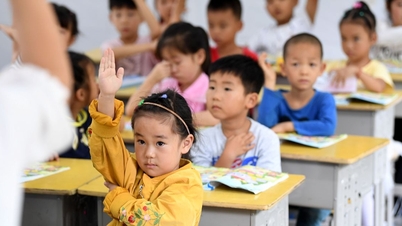
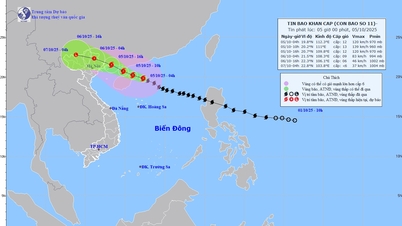

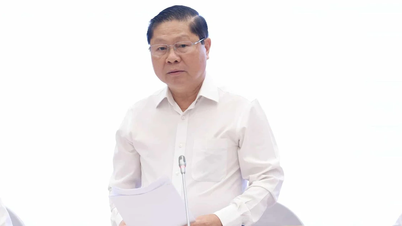








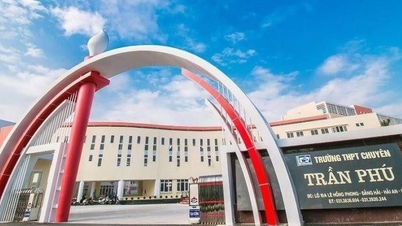




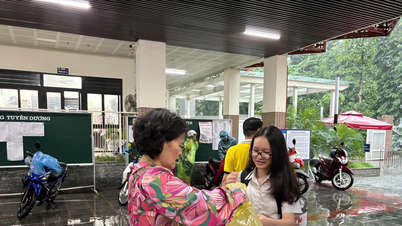



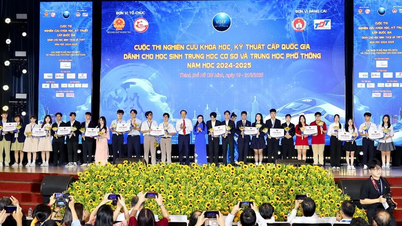
























![[VIDEO] Summary of Petrovietnam's 50th Anniversary Ceremony](https://vphoto.vietnam.vn/thumb/402x226/vietnam/resource/IMAGE/2025/10/4/abe133bdb8114793a16d4fe3e5bd0f12)

![[VIDEO] GENERAL SECRETARY TO LAM AWARDS PETROVIETNAM 8 GOLDEN WORDS: "PIONEER - EXCELLENT - SUSTAINABLE - GLOBAL"](https://vphoto.vietnam.vn/thumb/402x226/vietnam/resource/IMAGE/2025/7/23/c2fdb48863e846cfa9fb8e6ea9cf44e7)



















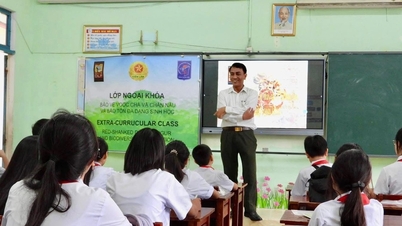














Comment (0)